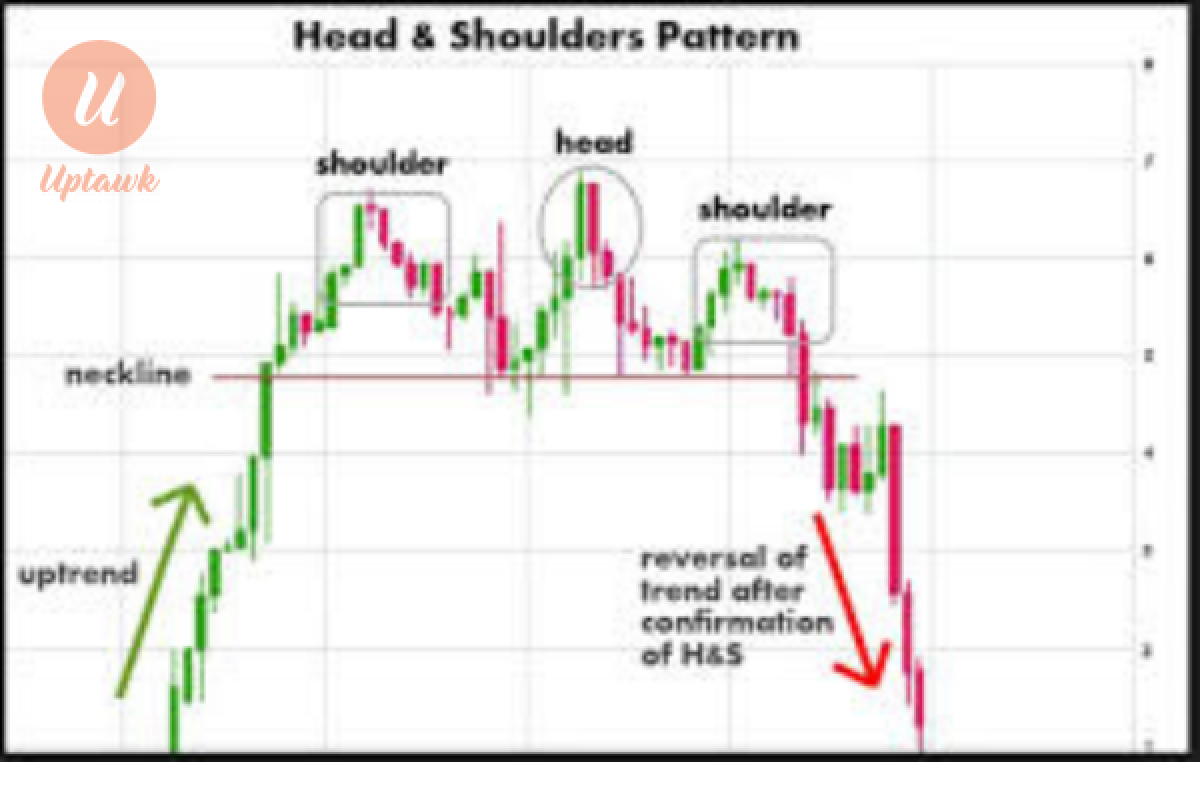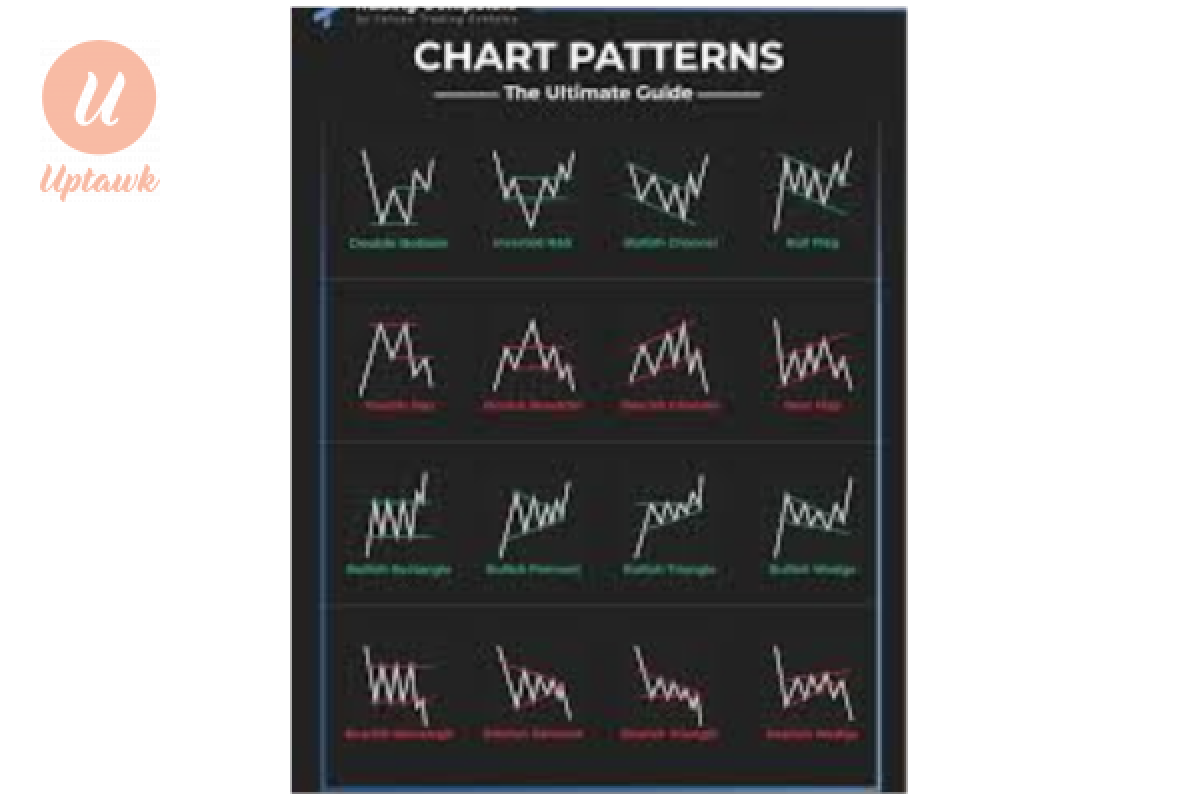
Exchanges: Centralized vs Decentralized
Centralized and decentralized exchanges (CEXs and DEXs) are platforms for trading assets like cryptocurrencies, but they differ fundamentally in structure, operation, and philosophy. Below is a detailed comparison:
Centralized Exchanges (CEXs)
Definition: A centralized exchange is a service operated by a single company or institution that facilitates users trading with one another. It acts as an intermediary, holding users' funds and managing the exchange.
Key Characteristics:
(1) Custodial:
• Users fund exchange-owned wallets.
• The exchange possesses private keys, so users do not have direct control over their holdings.
(2) Order Book Model:
• Most CEXs use a centralized order book to match buy and sell orders.
• Platform servers carry out trades, providing high speed and liquidity.
(3) User Experience:
• Typically user-friendly with easy-to-use interfaces, suitable for newbies to use.
• Offer features like fiat on-ramps (e.g., credit cards, bank transfers), customer support, and sophisticated trading features (e.g., futures, margin trading).
(4) Regulation and Compliance:
• Typically under regulatory control, with KYC (Know Your Customer) and AML (Anti-Money Laundering) compliance obligations.
• May restrict access based on jurisdiction.
(5) Security:
• Vulnerable to hacks, as funds are stored in centralized hot or cold wallets.
• Reputable CEXs invest heavily in security (e.g., 2FA, insurance funds).
(6) Liquidity:
• High liquidity due to large user bases and market maker programs.
• Easier to execute large trades without significant price slippage.
Examples:
Binance, Coinbase, Kraken, KuCoin, Bybit, OKX.
Advantages:
• High liquidity and fast trade execution.
• Wide range of trading pairs and fiat integration.
• Robust customer support and beginner-friendly interfaces.
• Advanced features like staking, lending, or derivatives trading.
Disadvantages:
• Custodial risk: “Not your keys, not your crypto.”
• Susceptible to hacks, downtime, or mismanagement.
• Privacy concerns due to KYC requirements.
• Potential for censorship or account freezes based on regulations.
Decentralized Exchanges (DEXs)
Definition: A decentralized exchange is a platform that enables peer-to-peer trading without a central authority. Trades are facilitated by smart contracts on a blockchain, and users retain control of their funds.
Key Characteristics:
(1) Non-Custodial:
• Users hold their funds in personal wallets (e.g., MetaMask) and interact directly with the DEX’s smart contracts.
• No intermediary controls private keys or assets.
(2) Trading Mechanisms:
• Automated Market Makers (AMMs): Many DEXs (e.g., Uniswap) use liquidity pools instead of traditional order books. Users trade against pools funded by liquidity providers.
• Order Book DEXs: Some (e.g., dYdX) maintain decentralized order books but are less common.
• Trades are settled on-chain, ensuring transparency.
(3) User Experience:
• Can be less intuitive, requiring familiarity with wallets and blockchain transactions.
• No fiat on-ramps; users typically need crypto to start trading.
• Minimal or no customer support—users rely on community resources or self-troubleshooting.
(4)Regulation and Compliance:
• Often operate without KYC, prioritizing anonymity.
• Decentralized nature makes regulation challenging, though some jurisdictions are exploring oversight.
• May face legal scrutiny or restrictions in certain regions.
(5) Security:
• No centralized point of failure, reducing the risk of exchange-wide hacks.
• Risks include smart contract vulnerabilities, phishing attacks, or user errors (e.g., approving malicious contracts).
• Security depends on the blockchain and audited code.
(6) Liquidity:
• Liquidity varies widely. Popular DEXs like Uniswap have high liquidity for major pairs, but niche tokens may suffer from low liquidity and high slippage.
• Liquidity is provided by users who stake assets in pools, earning fees in return.
Examples:
Uniswap, SushiSwap, PancakeSwap, Curve Finance, Balancer.
Advantages:
• Full user control over funds, aligning with the ethos of decentralization.
• Greater privacy due to no KYC requirements.
• Resistant to censorship or shutdown by authorities.
• Transparent, with trades and liquidity recorded on-chain.
Disadvantages:
• Steeper learning curve for new users.
• High gas fees on some blockchains (e.g., Ethereum) can make small trades costly.
• Limited liquidity for less popular tokens.
• No fiat gateways, requiring users to acquire crypto elsewhere.
• Smart contract risks and potential for scams (e.g., rug pulls in liquidity pools).
KEY DIFFERENCE.
Both CEXs and DEXs have unique strengths and trade-offs. Your choice depends on your priorities—convenience and liquidity versus control and privacy. For optimal security, many users combine both, using CEXs for fiat conversion and DEXs for trading or holding assets in personal wallets.






Comments 0 Comment